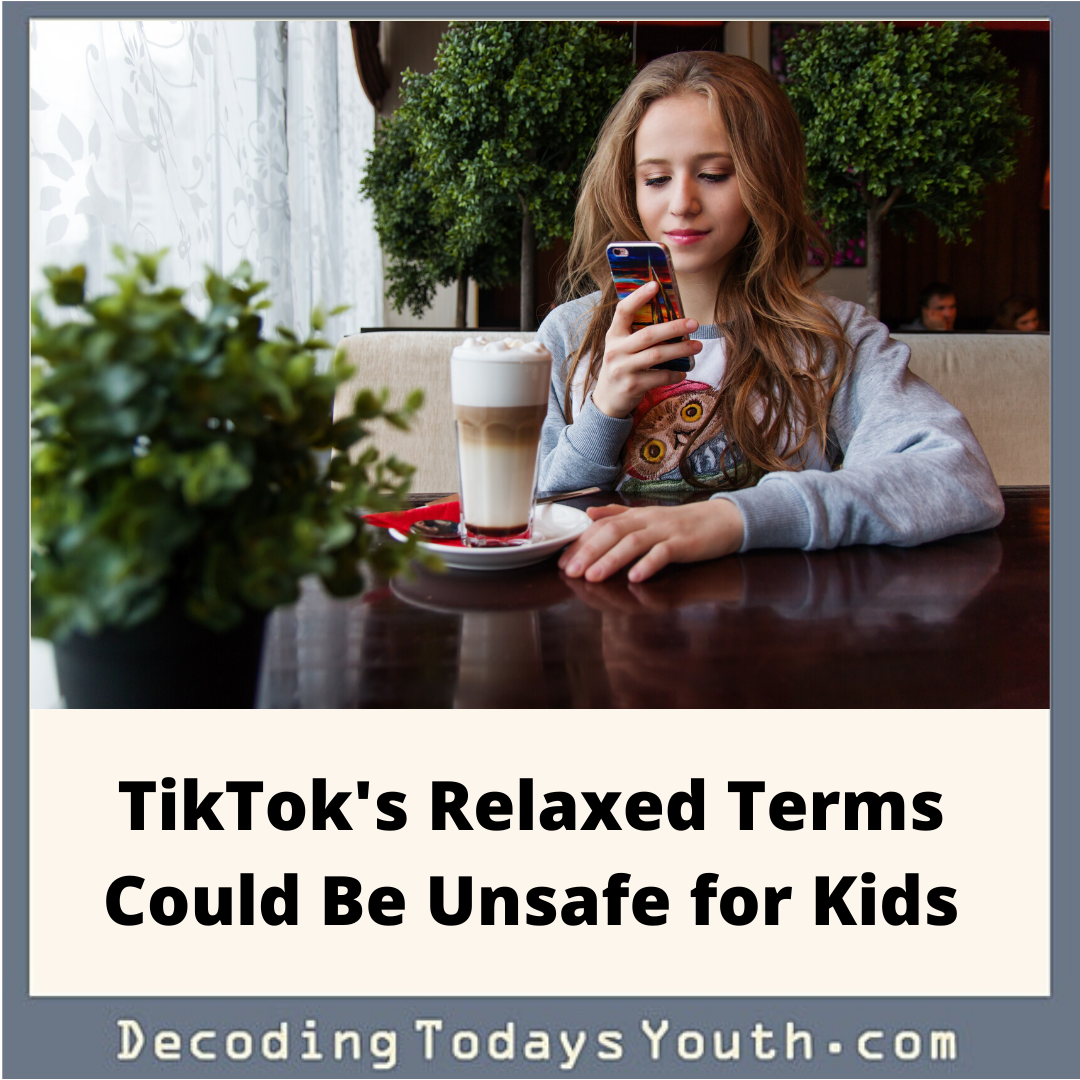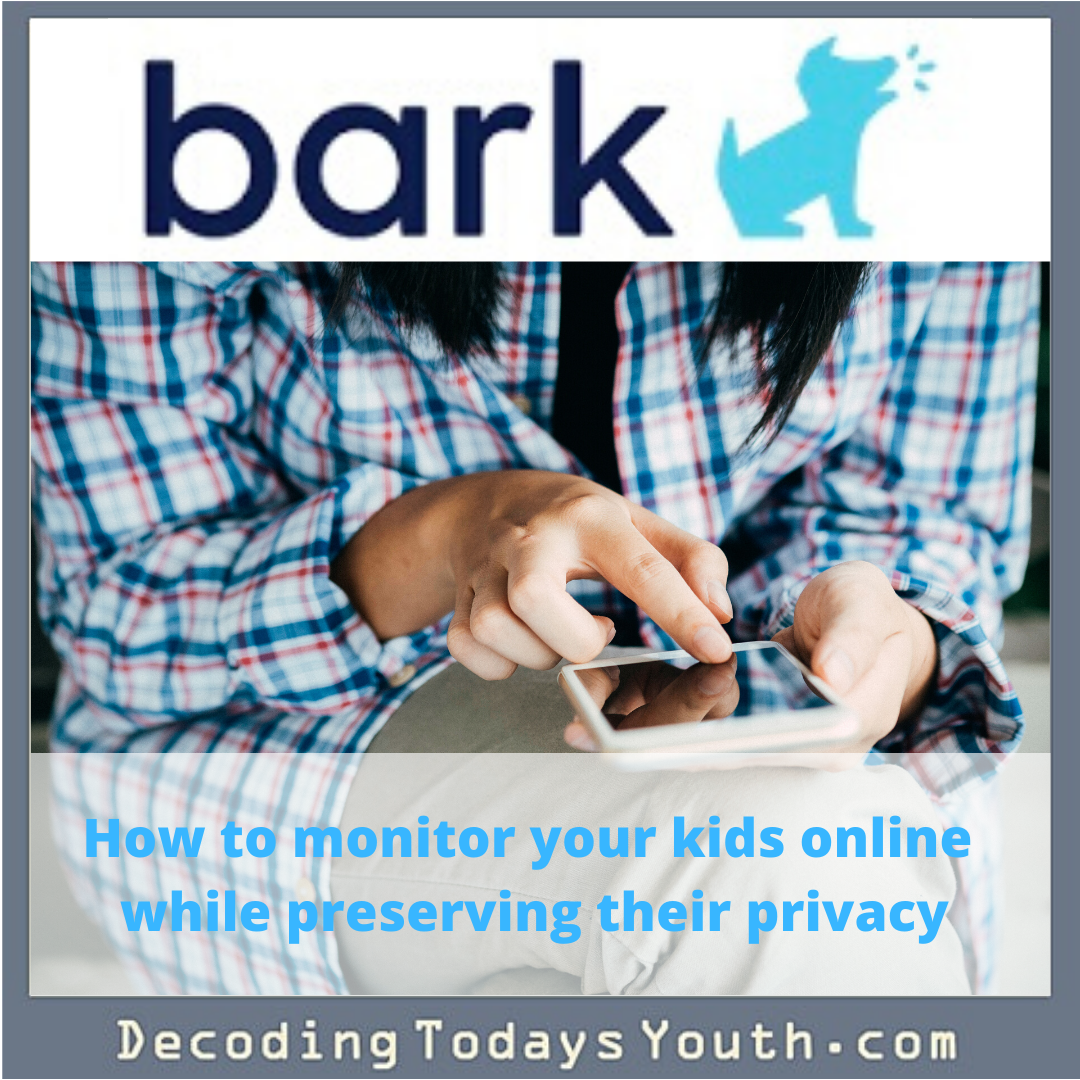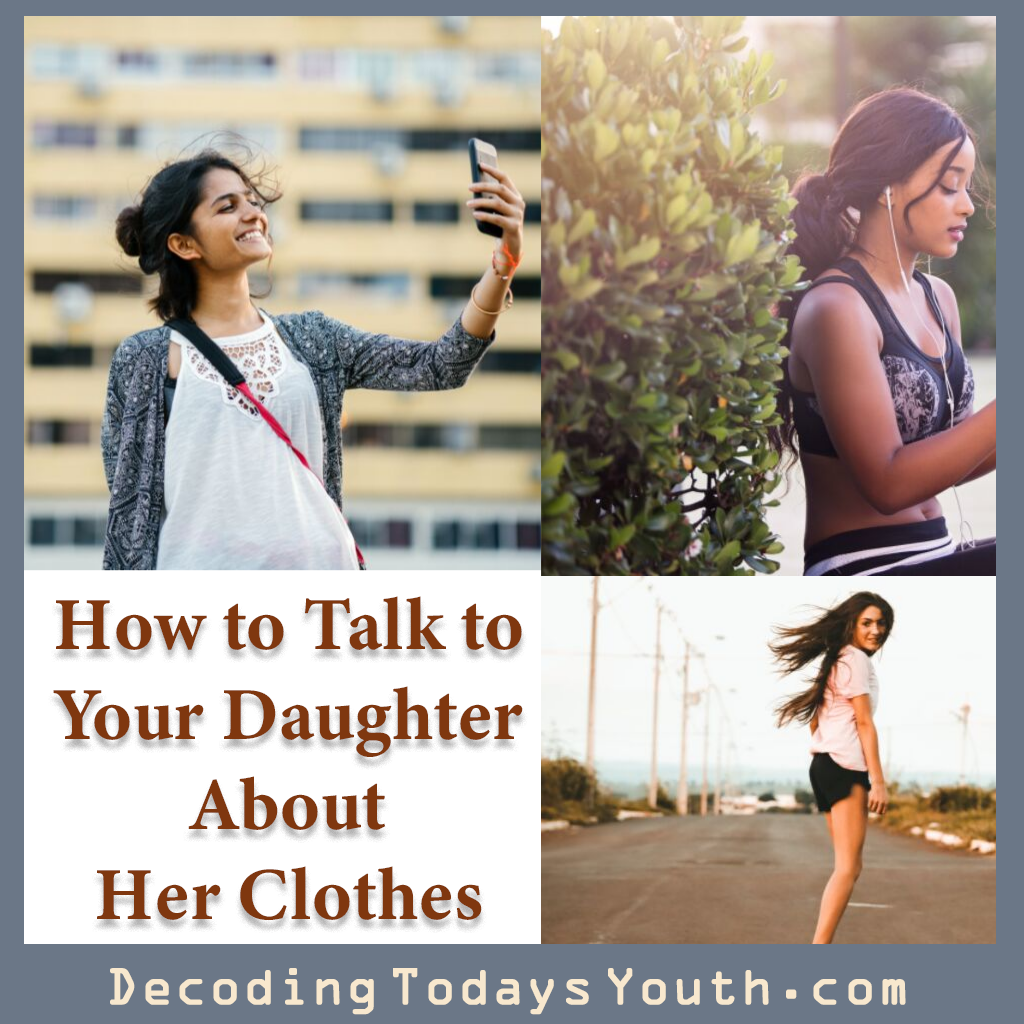
TikTok, one of the most popular content-creating apps children and teens use today, is full of security concerns that parents may not be aware of.
According to Australian ‘Cyber Cop’ Susan McLean, the app has been known to fail to remove suspicious accounts, even after complaints and warnings have been filed against them.
These accounts could be run by possible stalkers and child predators. And the minimum age to create an account is 13 years old. This is a low age compared to other popular content-sharing apps.
TikTok’s whole premise is video creating and sharing. Unlike Snapchat, these videos do not disappear after 24 hours. And TikTok has over 500 million monthly active users.
The app relies on content from children and teens, who make up a majority of the users and content creators.
While adults understand that we need to look out for our online safety, children as young as 13 might not comprehend the idea that there could be people on TikTok watching their singing and dancing videos inappropriately.
For example, an investigation by BBC News in the UK found that children were receiving inappropriate, sexually explicit messages and that the platform was full of bullying. The Information Commissioner’s Office in the UK is now investigating the video sharing app, according to The Guardian.
“Like any social media platform that has a direct message or commenting feature, there’s always the possibility that your child could be chatting with anyone, including strangers,” said Titania Jordan, chief parenting officer of parental-control app Bark.
According to BBC News, even though most of the sexually explicit comments disappear within 24 hours after being reported, most of the users who posted the comments are not removed from the app.
“Even if you set your own account to private, you may still be exposed to sexual or violent content posted to the public feed,” Jordan said. “Ranging from overtly sexual TikToks to physically dangerous stunts that kids may want to recreate, to overtly racist and discriminatory commentary, there is a wide range of concerning content on the platform.”
The app recently launched a new set of parental controls settings in the UK, following the investigations into their app. The new setting, called “Family Safety Mode,” allows parents to be able to manage their child’s screen time, limit viewable content and limit or even shut off the messaging feature on the app.
If you can’t access the new “Family Safety Mode”, I at a minimum advise that you make your child’s TikTok account private. Common Sense Media advises parents to make sure to turn on all privacy settings for accounts kids are using, so only people you know can interact with their videos or messages on the app. Parents should also teach their children about the possible effects that posting their personal information can have in the long run.
Sources:
https://www.bbc.com/news/blogs-trending-47813350
https://www.commonsensemedia.org/blog/parents-ultimate-guide-to-tiktok
https://www.parents.com/kids/safety/internet/is-tiktok-safe-for-kids/






